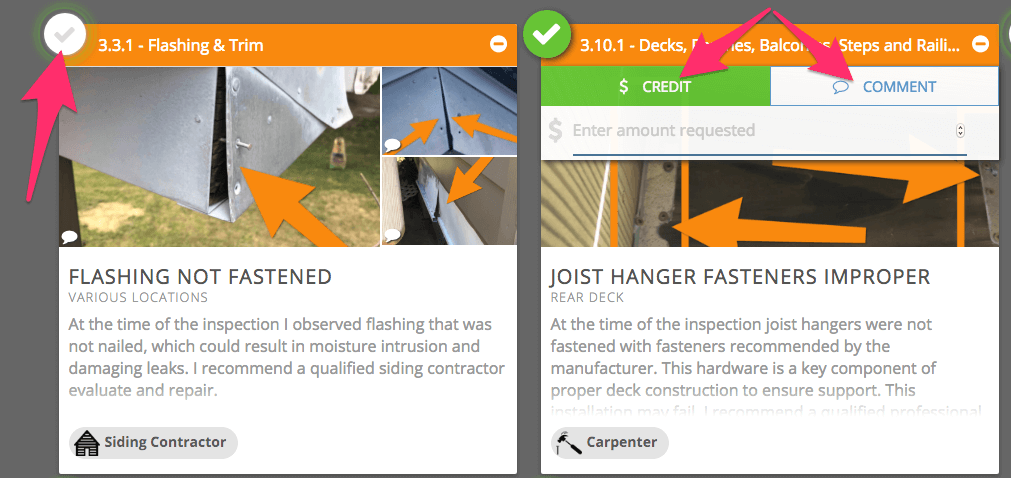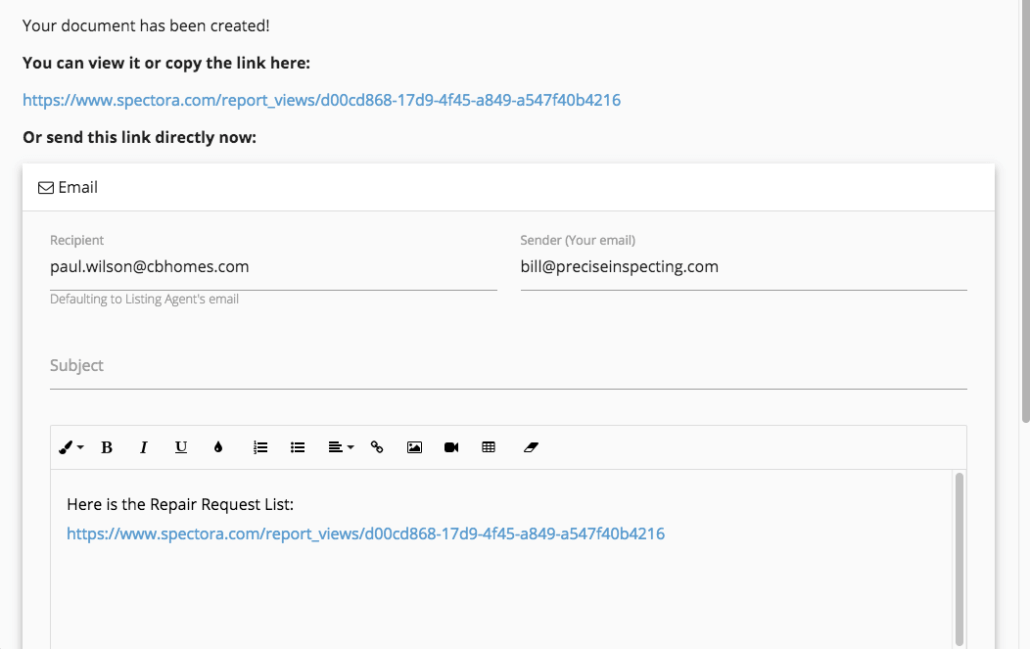The Importance of Home Inspections: A Key Step in the Homebuying Process
Purchasing a home is one of the biggest financial decisions most people make in their lives. Whether you’re a first-time homebuyer or an experienced investor, ensuring the home you’re about to buy is in good condition is essential. One of the most effective ways to do this is through a professional home inspection, like what you will receive from Solidium Inspections.
In this blog post, we’ll discuss the importance of a home inspection, what it involves, and why it’s an investment worth making.
What is a Home Inspection?
A home inspection is a thorough, non-invasive examination of the physical structure and systems of a house. A licensed and experienced home inspector will assess the condition of the home’s major components, including the foundation, roof, plumbing, electrical systems, HVAC (heating, ventilation, and air conditioning), insulation, and more. The goal is to identify any issues, big or small, that could affect the safety, livability, or value of the home.
Typically, a home inspection takes a few hours, depending on the size and condition of the property. Afterward, you will receive a detailed report that highlights the findings with pictures. Where possible, we also provide recommendations for repairs or further evaluations.
Why Is a Home Inspection Important?
1. Uncover Hidden Issues One of the main reasons to get a home inspection is to uncover problems that may not be immediately visible during a casual walkthrough. Many issues, such as water damage, mold, structural weaknesses, or faulty wiring, can be hidden behind walls or under floors. A home inspection can uncover these hidden problems and help you understand what you’re truly buying.
2. Negotiating Power A well-documented home inspection report gives you valuable leverage when negotiating the price of the home. If the inspector identifies major repairs that need to be made, you may be able to request that the seller address them before the sale, or you can negotiate a lower price to cover the cost of repairs.
In some cases, buyers can ask for credits at closing or even walk away from the deal entirely if the issues are too costly or extensive. The inspection empowers you to make an informed decision and avoid costly surprises down the road.
3. Safety and Peace of Mind A home inspection provides peace of mind by ensuring the home is safe to live in. Inspectors will check for potentially hazardous issues such as faulty wiring, fire hazards, carbon monoxide leaks, or unsafe foundations. With the inspector’s expertise, you can rest assured that the home is not only structurally sound but also safe for you and your family.
4. Long-Term Cost Savings While a home inspection may cost a few hundred dollars upfront, it can save you thousands of dollars in the long run. Identifying issues early allows you to address them sooner, potentially preventing more extensive damage. For example, fixing a small roof leak or addressing minor plumbing issues can save you from having to pay for a full roof replacement or major plumbing overhaul later on.
5. Protection for Your Investment Your home is likely one of the largest investments you’ll ever make. By getting a home inspection, you’re making sure that investment is sound. The cost of a home inspection is minimal compared to the potential costs of major repairs, so it’s a smart step in protecting your financial future.
What Does a Home Inspection Cover?
A comprehensive home inspection covers many aspects of the home, including:
- Roof: Condition of the shingles, gutters, flashing, and overall structure. Inspectors will check for damage, leaks, or areas needing immediate attention.
- Foundation and Structural Integrity: Any signs of cracks, settling, or shifting that could affect the home’s stability.
- Plumbing: Pipes, drains, and fixtures for leaks, water pressure, and overall functionality. Every accessible fixture is tested.
- Electrical System: The condition of wiring, outlets, and the electrical panel. The inspector will ensure the home is up to code and safe from potential hazards.Every accessible receptacle and light is tested.
- Heating and Cooling Systems (HVAC): Efficiency, age, and functionality of the heating and air conditioning systems.
- Windows and Doors: Checking for proper sealing, operation, and signs of water intrusion.
- Insulation and Ventilation: Ensuring proper insulation in the attic and basement, as well as the home’s overall ventilation.
While the home inspection covers a broad range of systems, it’s important to note that it doesn’t include everything. For example, a normal home inspection does not cover swimming pools, termite inspections, mold inspections or sewer scopes but we do offer all of those as add-on services.
When Should You Get a Home Inspection?
The ideal time for a home inspection is after your offer has been accepted but before you close on the property. This allows you to identify any issues early in the process, without the pressure of an impending closing date. Ideally, the inspection should be conducted as soon as possible, giving you time to address any concerns with the seller or renegotiate the terms of the deal.
How to Choose a Home Inspector
Not all home inspectors are created equal. When selecting a home inspector, it’s important to:
- Check Credentials: Ensure the inspector is TREC (Texas Real Estate Commission) licensed as well as certified by a reputable organization, such as the American Society of Home Inspectors (ASHI) or the International Association of Certified Home Inspectors (InterNACHI). We are TREC licensed, members of HAR as well as members of InterNACHI.
- Look for Experience: An experienced inspector is more likely to spot potential issues that a less seasoned professional might miss. Tom is one of only a few Code Certified Master Inspectors in the area.
- Read Reviews: Check online reviews and ask for references from past clients to ensure the inspector is trustworthy and thorough. Solidium Inspections has nothing but 5 star ratings on google.
- Ask for a Sample Report: A good inspector will provide a detailed, clear report. We are proud of our product and put it right on our webpage for all to see. https://app.spectora.com/home-inspectors/my-inspection-company-7d056f8a70/sample_reports
Conclusion
A home inspection is an essential step in the homebuying process that can save you time, money, and headaches in the future. By identifying issues before you sign on the dotted line, you can make an informed decision, protect your investment, and ensure that your new home is safe and sound. So, don’t skip this crucial step—your future self will thank you for it!













